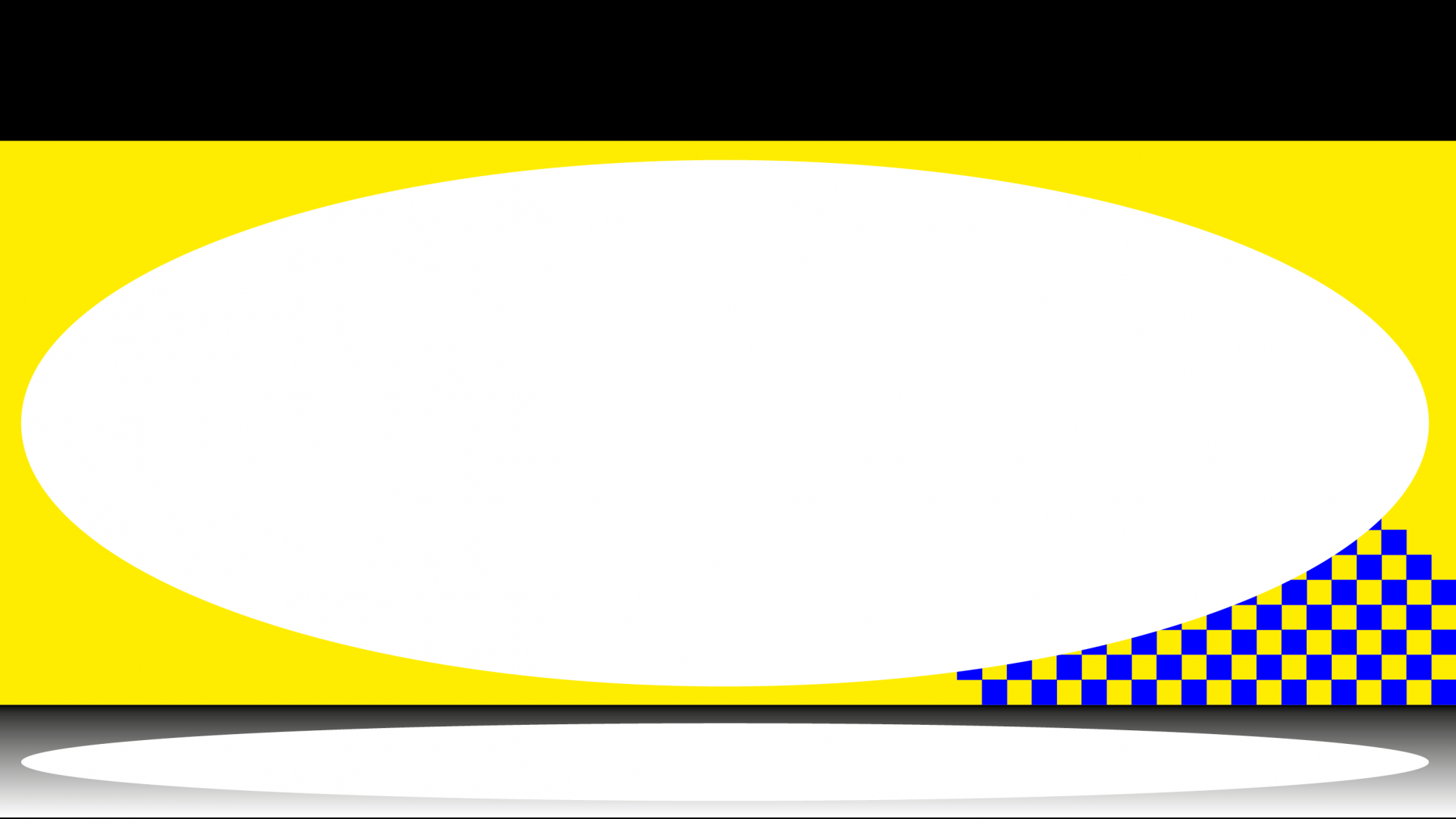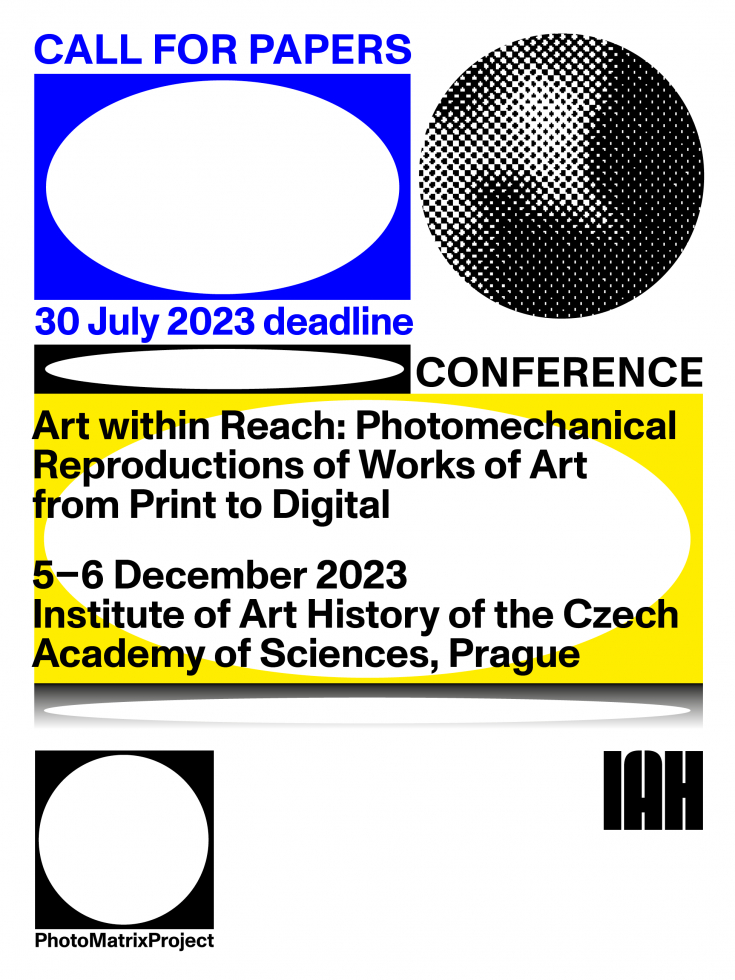


CALL FOR PAPERS
Art within Reach: Photomechanical Reproductions of Works of Art from Print to Digital
International conference organised by the Institute of Art History of the Czech Academy of Sciences in Prague
5–6 December 2023
With the development of photomechanical printing techniques around 1900, the dissemination of visual information about art objects expanded on an unprecedented scale. For the first time, editors, publishers, gallerists, auctioneers, artists, art historians, and associations had access to a seemingly unlimited supply of images. Together with photographers, studios, and photo agencies, these figures became key actors in a distribution model in which photomechanically reproduced artworks played a central role. As a consequence, those who worked in the fields of art and art history now had to deal with entirely new visual objects: from illustrated books and periodicals to facsimiles, postcards, calendar pages, and clipping collections. All these items were kept on shelves and in boxes, included in scrapbooks, or pinned to walls, as part of personal or institutional archives. They served both as research documents and as evidence of personal visual obsessions or new collective ideas.
The diversity of these novel photomechanical sources, the system that produced and surrounded them, and their distribution and cultural impact are still an open field for investigation, one that seems all the more important to address as this visual information – made widely accessible by the digitization campaigns of recent years – can form the basis for a material and medial counter-history of twentieth-century art. In order to reflect on the specific nature of photomechanical reproductions of art (with regard to their materiality, distribution, and uses), the conference will navigate between the fields of the history of art and photography, periodical studies, visual and media studies, and the digital humanities.
Which actors and techniques were involved in making photomechanical reproductions of works of art? What were the socio-economic and aesthetic drivers of the activities of photo agencies and publishers? Which subjects whose identity has so far remained in the background – such as women or minorities – can be reclaimed by analyzing reproductions from a material and systemic perspective? What role did pictures of works of art play in the editorial and cultural policies of their time? What do we know about their reception? How did the photomechanical reproduction of artworks affect art historiography, teaching, criticism, and the canon? Which narratives that have fallen out of the canon can be restored through digital methods?
These questions take on a new urgency with the increasing importance of the digital processing of image data, as it has opened new horizons for studying reproductions on a large scale, removed some of the limitations of accessibility, and paved the way for larger comparative studies. At the same time, these new tools raise critical questions that have not been fully explored, and require greater awareness of the objects, techniques, processes, and contexts under consideration. We invite speakers from across the methodology spectrum: from close to distant reading, from traditional to digital-based approaches. The goal is to open a discussion between scholars conducting qualitative research and the growing number of digital experts working in interdisciplinary teams.
We invite submissions for maximum twenty-minute presentations that address (but are not limited to) the photomechanical reproduction of art from the following perspectives:
● Networks and individual actors involved in the production of photomechanical reproductions of art – photo agencies, studios, photographers, printing companies, etc. Their histories, styles, and cultural role.
● Physical objects and techniques related to the photomechanical printing process: clichés, negatives, photographic and printing equipment, retouching, templates, etc. The effects and meanings created by the materiality of the tools.
● The socio-economic, legal, institutional, and political conditions under which photomechanical reproductions of art were produced and circulated.
● Printed media and their dissemination as a social practice: the role of clients, artists, art dealers, publishers, editors, and curators.
● The relationship between image and text: the use of captions, layouts, and the epistemological role of pictures in art literature.
● Critical debates concerning the reproducibility of art through photomechanical printing.
● Reception: the impact of photomechanical reproductions of works of art on artistic production, historiography, criticism, teaching, and public culture. Their role in shaping the emotions of the audience and/or encouraging the democratization of art.
● Quantitative approaches and new methodological challenges: advantages, case studies, and problems faced by the digital humanities in the study of photomechanical art reproductions.
Please submit an abstract of max. 300 words and a short biography to balbi@udu.cas.cz by 30 July 2023. The results of the submissions will be notified by September 15. The conference will be held in English. It will take place in person in Prague on 5–6 December 2023.
Keynote Speakers:
Béatrice Joyeux-Prunel (Université de Genève)
Megan R. Luke (University of Southern California)
Jens Ruchatz (Philipps-Universität Marburg)
Scientific Committee:
Geoffrey Belknap (National Museums Scotland)
Lenka Bydžovská (Czech Academy of Sciences)
Geraldine A. Johnson (University of Oxford, UK)
Petra Trnková (Czech Academy of Sciences)
Organizing Committee (Institute of Art History of the Czech Academy of Sciences):
Camilla Balbi, Hana Buddeus, Katarína Mašterová, Fedora Parkmann
This conference is part of the project The Matrix of Photomechanical Reproductions: Histories of Remote Access to Art, which is being implemented at the Institute of Art History of the Czech Academy of Sciences, supported by the Lumina Quaeruntur fellowship.
For any further information please contact us at balbi@udu.cas.cz or masterova@udu.cas.cz.
pdf CFP